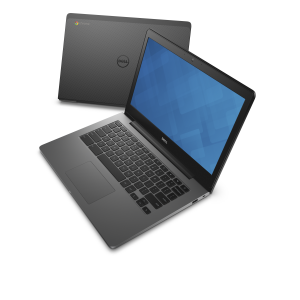Articles
Your Chromebook now doubles as a smart display – Android Authority
My Comments
The operating system that runs your Chromebook or Chromebox computer has now gained some more key capabilities. This is being seen as important as the Chromebook has gained importance for COVID-19 home-education computing needs.
One feature that is highlighted is the provision of a rich pre-login lock-screen for that platform. Windows 10 users have some sort of richness with their pre-login lock-screen where there is the opportunity for applications to show useable information on that screen.
Now Google has added this functionality by taking cues from their Assistant-powered Smart Displays by showing information like local weather or attractive visual works. You can use the Personalisation option to determine which images will appear on the lock screen, be they images from Google Photos or an art collection that is offered through that platform.
There is some interactivity beyond descending to the login screen in the form of music-player transport controls, something that would be convenient if you are using the Spotify world-wide cyber-jukebox on your Chromebook.
But once you log in to your Chromebook, you can have it provide simplified login with Websites that implement WebAuthn simple-yet-secure login. Here, you need to go to “People” then select “Security & Sign-In” to enable device-based PIN entry that is available on all Chromebooks or use of the fingerprint reader in your suitably-equipped Chromebook. Here, most of the other desktop and mobile operating systems and browsers have support for WebAuthn in some form for their current versions.
The question with Chrome OS is what kind of work will be taken to make this operating system less of an “Android tablet in a laptop housing” or an early-1950s British or European “people’s car” but something that satisfies current expectations for work, home, study and play.


